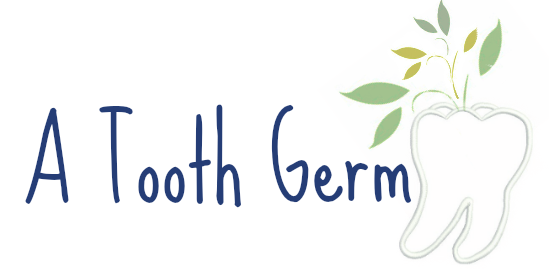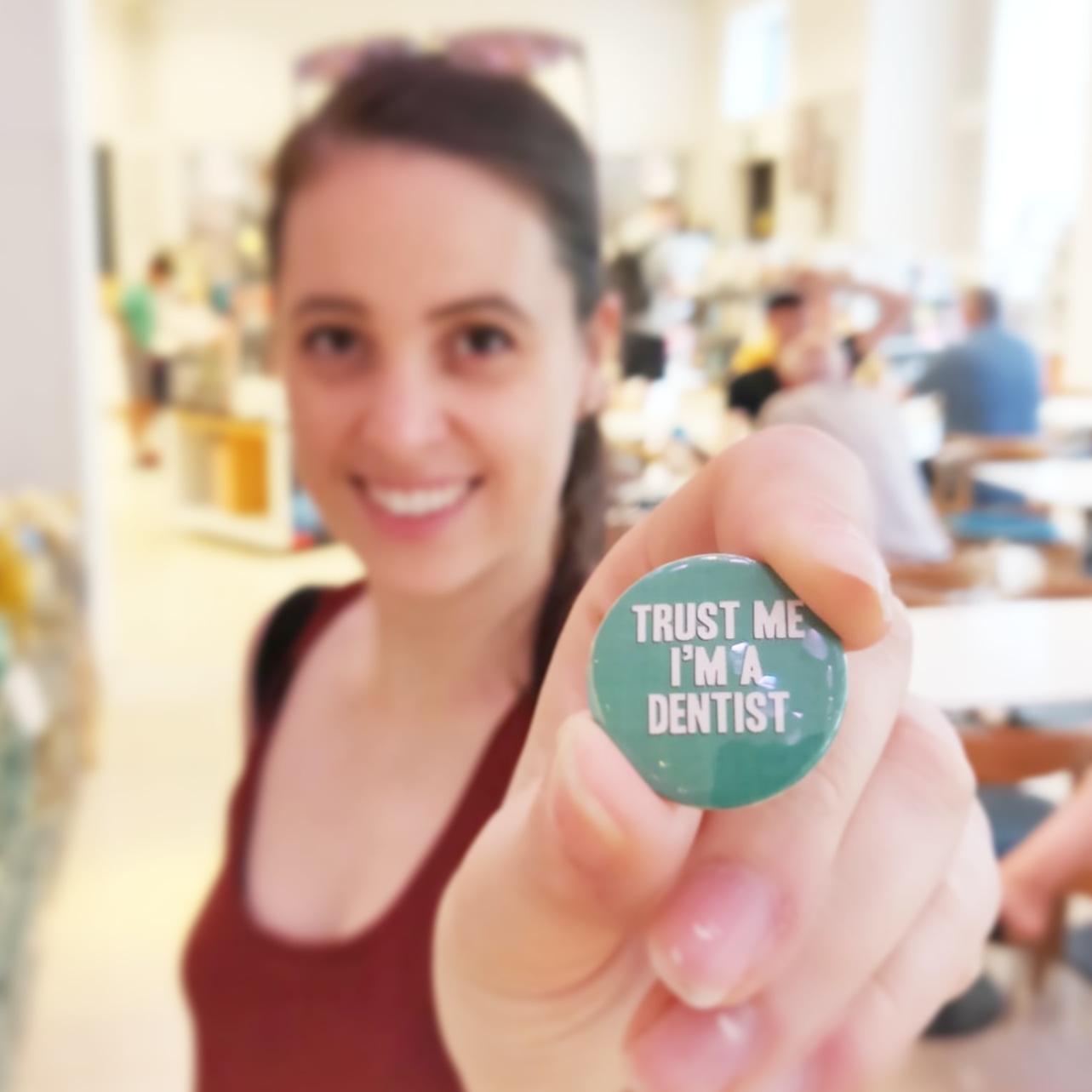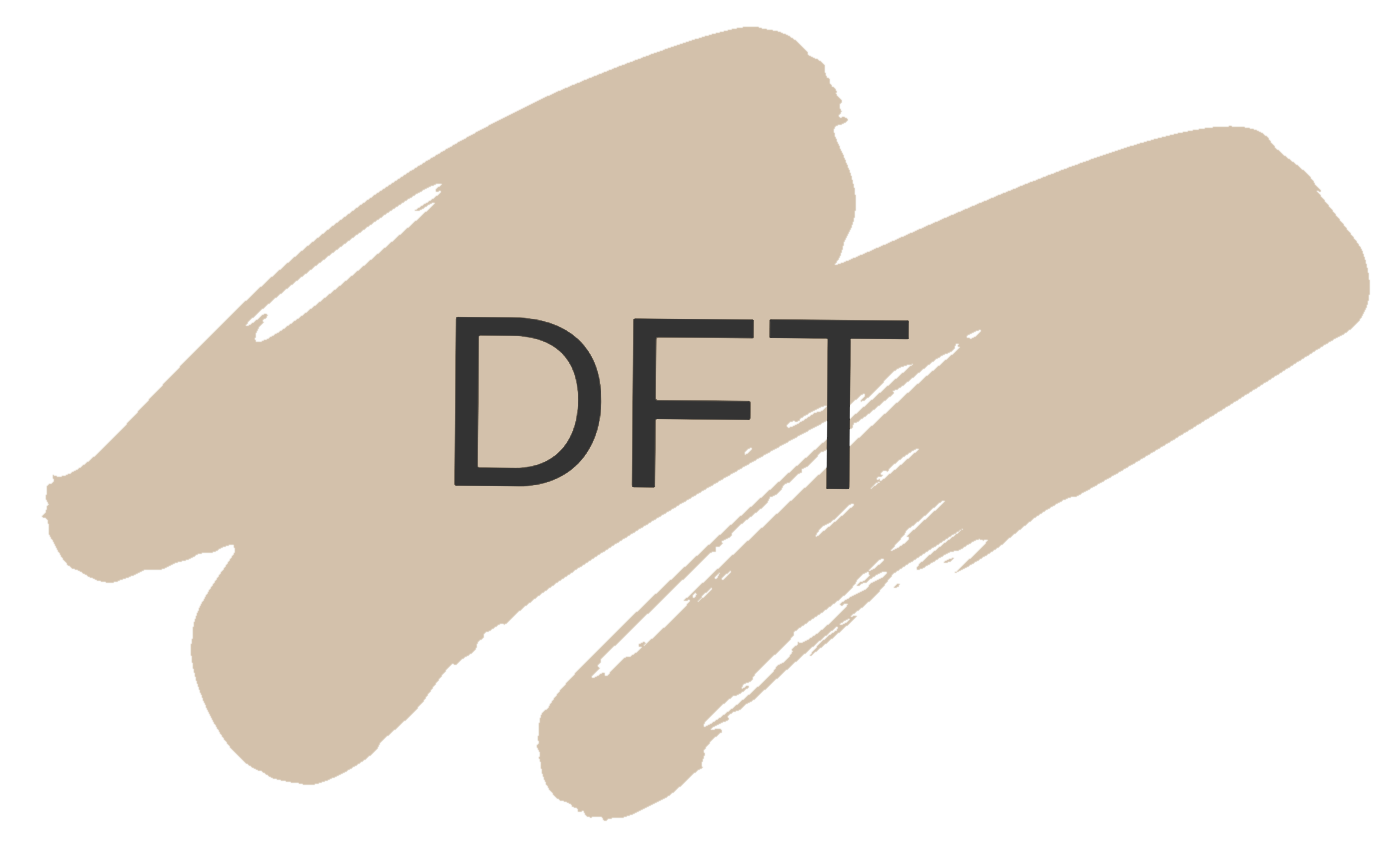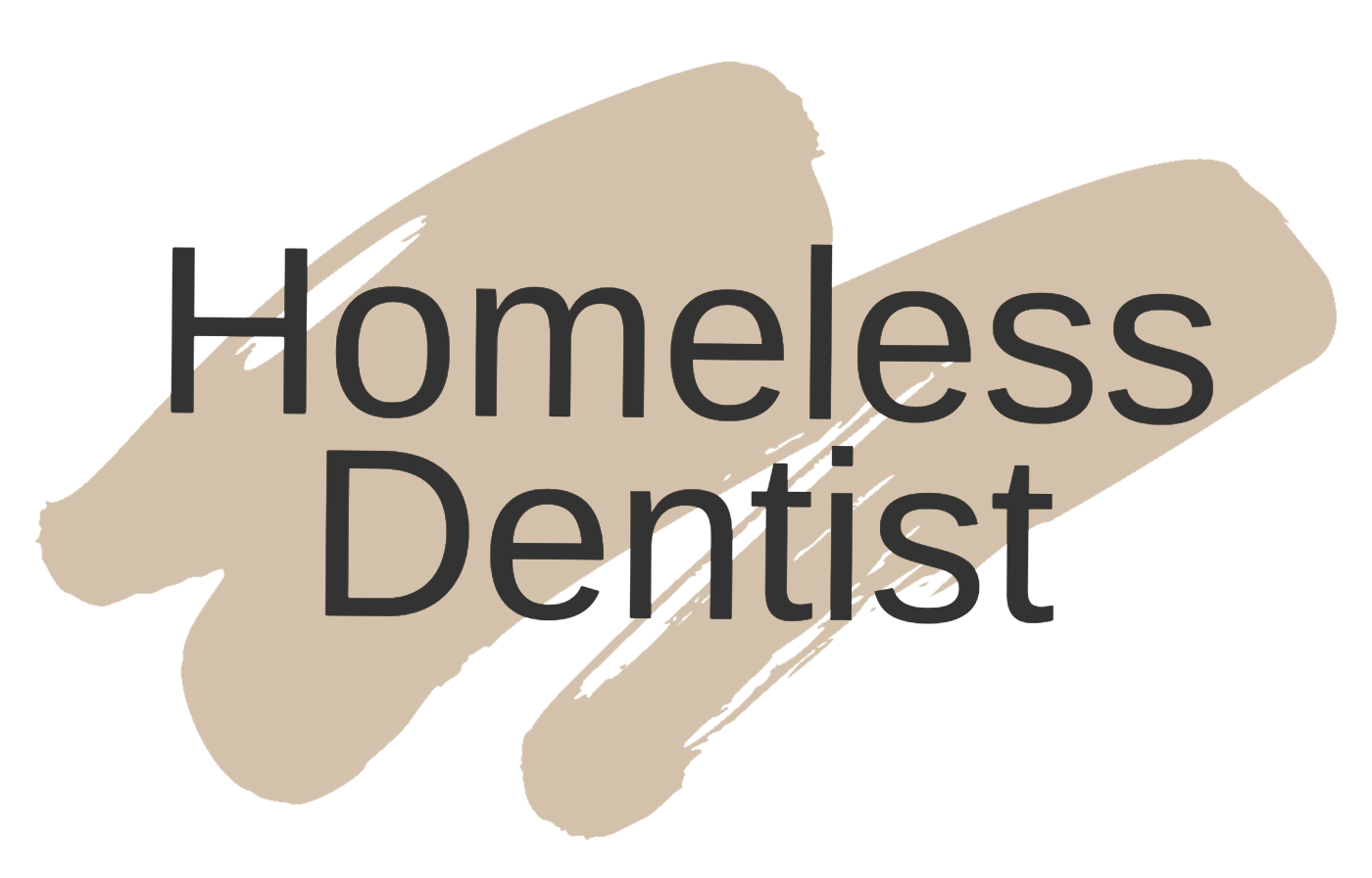Top 10 Tips when taking Dental Radiographs in Children
Since starting working in a community setting, I've had much more experience treating children. One aspect I felt less confident in when I was in general practice was taking X-rays in children. I feel like this is echoed throughout the world of general practice as many of the referrals I see for children, GDPs have not attempted to take them. So here are my top tips when taking X-rays in children.
1.Try!
So many referrals I see do not include x rays. In some cases this is due to the child not being co-operative or not having an OPG machine but in many cases when I take bitewings I can manage them quite easily! Just because they are a child doesn't mean you shouldn't take x rays.
You should start to take bitewings from children around 6 years of age onwards if possible to assess for interproximal caries and the position of the first permanent molars.
2. Use a small film
It seems obvious but children's mouth are smaller than adults, so a regular sized film is way too big and uncomfortable for the patient. You can even get XS films! So when should you try to switch to the regular size? This depends on the size of the patient, but I would usually recommend once the 7s are starting to erupt.
3. Explain!
Children are commonly afraid of the unknown (as are adults a lot of the time!) so taking them through the process step by step in a child-friendly way is important. It's easy on adults where they've probably had multiple x-rays taken over the years and know what's happening, but often it will be the first time this child has had any form of x-ray!
I like to show them the film and tab/bitewing holder and I call the x ray tube my camera, often practising placing in the correct position before attempting for real. A good analogy for helping them remain still I use on smaller children is pretending we are playing musical statues and the music has gone off until I press the exposure button that starts the music again, so they need to stay still.
4. Tabs/foam
Bitewing holders are bulky and cumbersome and actually for children they can limit your view on bitewings as the plastic bite plate is too thick.
Instead in children aged 6-10 I would recommend the use of cardboard tabs or even little rectangles of foam for them to bite on instead. It's more comfortable for the patient and the quality of your radiograph can be improved.
5. Vertical Bitewings
I was never taught as an undergraduate what vertical bitewings were and how useful they can be! Imagine on a 6 year old child where you have a carious LLE and you want to assess if there is pathology or where it's successor is. You can't really take a PA, an OPG could be useful but it may not be available or the quality may not be sufficient enough to be diagnostic.
This is where vertical bitewings come into their own. Essentially you turn the tab vertically so the film is portrait in the patient's mouth. This allows you to see more apically on both upper and lower arches and is very handy both in children, but you could also take it to assess bone loss in periodontal disease in adults.
A useful video on how to take vertical bitewings can be found here.
6. Practice
Let them practice! Whether that be in the chair on that day or what I've found quite successful is giving the patient a film to take home to practice with. This may not be possible in a practice where things are digital but if you're still on film or can give them the protective slips with the card in if you're using phosphor plates, this could be a great way to increase compliance.
7. Demonstrate on their Parent
Again to help the patient with the fear on the unknown, a good tip is to demonstrate on their parent (obviously don't take the x ray but position everything as you would). This is a basically tell, show, do technique.
8. Bimolars
Bimolars can be very useful in patients with poor compliance e.g. learning difficulties, autism etc. If you're looking into providing these views I would recommend some hands on training, but these are useful views where the patient holds a film/cassette to the outside of their face (or a parent/carer does) to visualise the molars on one side. You need special sized films for this.To see more about bimolars see here.
9. Patience
Take your time, keep your patience and keep persevering! Young children need lots of encouragement but in the majority of cases, a bit of practice and patience you'll get there in the end! Even if you don't manage to take the radiograph that visit, keep trying. Children can surprise you. Last week I saw an autistic boy who we couldn't take an x ray on. I gave him the film to practice at home with and a few days later I saw him again and the first thing I did was to try again and guess what, I managed to take the film. Don't be disheartened and don't lose your patience.
10. Standard Occlusals
Again, I wasn't really taught how to take these as an undergraduate. They are much simpler than I thought they would be and in a lot of cases taking an USO is much simpler than taking a PA.
In young children you can use a standard sized film and ask them to bite in between their teeth as far back as you can take it. In older children you will need to order the larger size in order to get all the teeth on. A tip is to keep the occlusal plane parallel and the x ray tube bisects it (around 60 degrees).
I hope this helps next time you need to take radiographs on a child! Please leave your own tips and thoughts in the section below.



















2 comments
This comment has been removed by the author.
ReplyDeleteThese tips are important as children are tough to keep still at times like this. At dentist northeast philadelphia office staff try their best to help in these situations
ReplyDelete